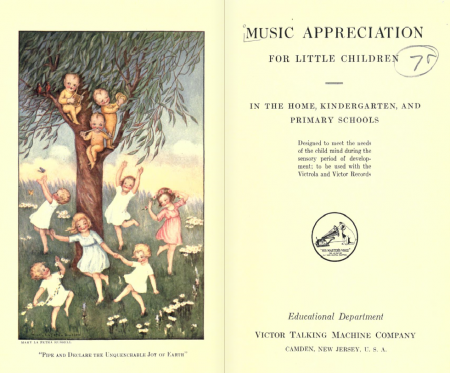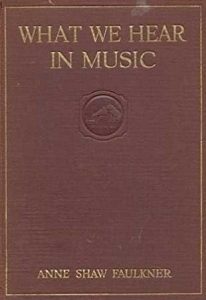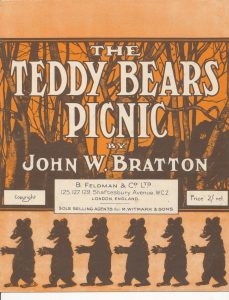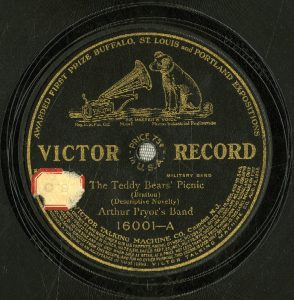Music education: A mission of the Victor Talking Machine Company
By Valerie Kauffman, historic-site interpreter, Delaware Division of Historical and Cultural Affairs
Schools are back in session for the 2017–2018 year and the Division of Historical and Cultural Affairs’ five museums are again offering tours for school groups. This is especially exciting at the Johnson Victrola Museum because of the wonderful legacy left by the Victor Talking Machine Company’s Educational Department which was founded in 1911.

Frances Elliott Clark (1860–1958), the department’s director, promoted the use of the phonograph for music-appreciation lessons for students in kindergarten through college. Under her direction, Victor produced nearly 500 records to support music-education curricula in schools across the country. In her view, “school music’s purpose was to educate every student, so that each would become, not a professional musician, but an intelligent listener and an appreciative lover of music.”
“Music Appreciation for Little Children” was one of the Victor curriculum-texts written for teachers who taught pre-school or elementary school. It provided lessons and record suggestions for each lesson. Ann Shaw Faulkner wrote a curriculum-text for high school called “What We Hear in Music.” Faulkner described four fundamental principles which music could express: nationality, definite formal construction, poetic thought, and storytelling or tone painting. These principles were the structure of all of Victor’s music-appreciation curricula for the classroom.
Other Victor education literature included “A Graded List of Victor Records for Children in Home and School”; “Pan and His Pipes, and Other Tales for Children”; “The Victrola in Americanization”; “The Victrola in Physical Education, Recreation, and Play”; “The Victrola in Rural Schools”; and “The Victrola Book of the Opera,” written for high school and college courses.

The Johnson Victrola Museum is currently in the process of developing a special tour based on “Music Appreciation for Little Children” with the goal of helping youngsters expand their listening skills. After committee review and approval, the staff is hoping to offer the tour in the fall of 2018. As part of the tour, “The Teddy Bear’s Picnic” instrumental record will be played for students in kindergarten through second grade with students participating by using rhythm sticks and teddy-bear puppets. Utilizing another recording, “The Tailor and the Bear,” third- and fourth-grade students will be asked to guess which instruments depict the tailor or the bear in the story. In the future, we hope to create additional lesson designs utilizing the “Music Appreciation for Little Children” text with suggested recordings.


Go to the following for a listing of special programs at the Johnson Victrola Museum through December 2017.


